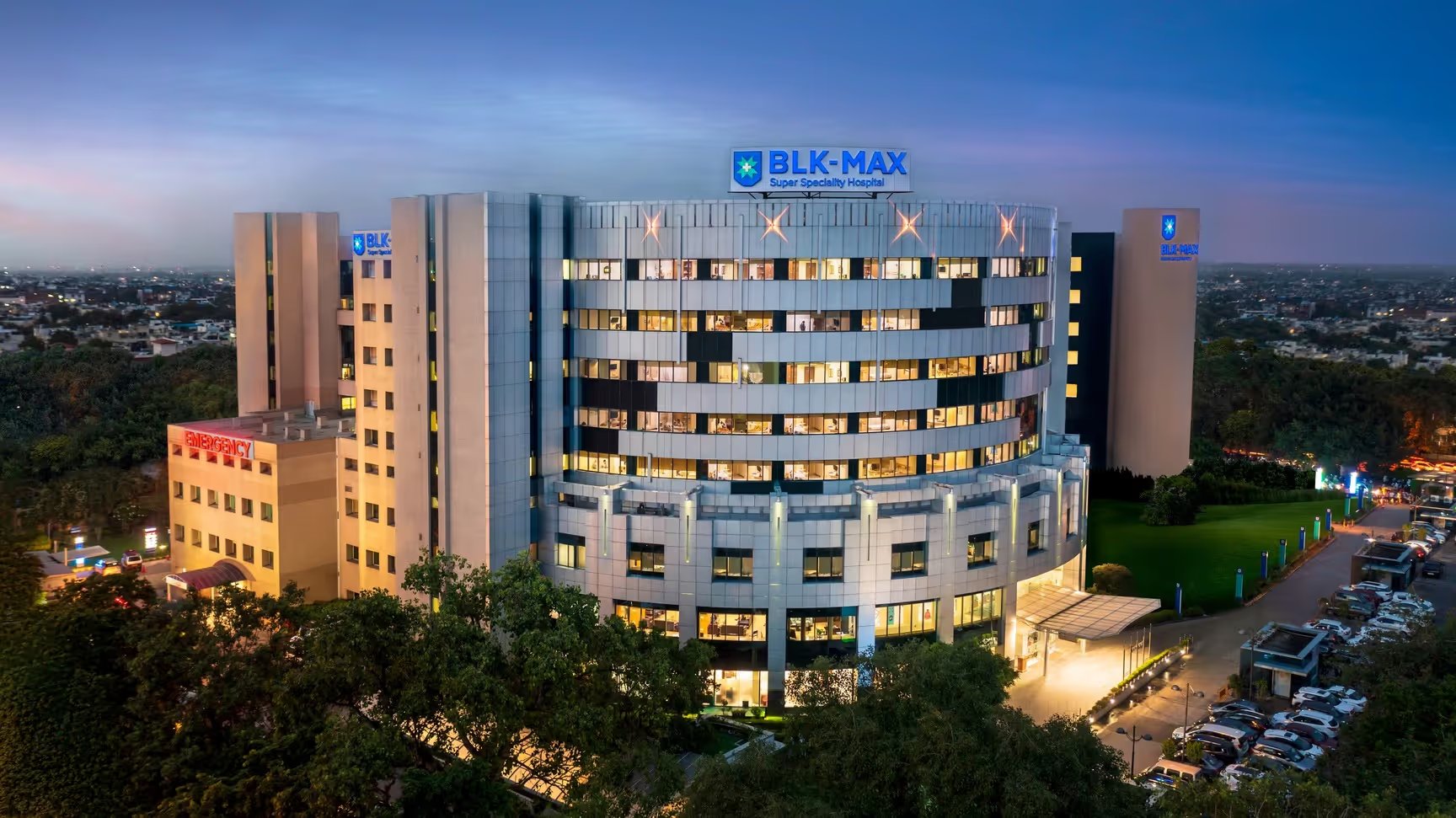
Application Modernization for Healthcare
2 screens
50%
10
70%
About
Max Healthcare Institute Limited ("Max Healthcare") is one of India’s largest healthcare organizations. We operate 22 healthcare facilities with over 5000 beds, covering 30+ specialities and supported by 5000+ clinicians across NCR Delhi, Haryana, Punjab, Uttarakhand, Maharashtra, and Uttar Pradesh. Apart from hospitals, Max Healthcare also operates Max@Home, offering health and wellness services at home, and Max Labs, providing pathology services beyond our hospital network.
Supported by 1,500+ employees, Max Healthcare is committed to delivering world-class healthcare while driving continuous innovation and scalability.
Business Challenges
Max Healthcare embarked on a massive HIS modernization journey, tackling 17 critical modules, from Patient Registration to Pharmacy, Laboratory, and Radiology systems. Each module contained 50-150 screens, making frontend development a complex and resource-intensive task.
Solution
To enable this transformation, Max Healthcare evaluated multiple acceleration platforms and selected Niral.ai to drive the modernization of 1,000+ application screens over a planned two-year timeline.
A unique team structure was put in place:
- The core team focused on rebuilding the business logic layer.
- An extension team was formed to automate front-end development and integrations wherever possible.
Hakuna Matata Solutions deployed two dedicated engineers to manage the UI layer end-to-end using Niral.ai. Within just six months, the team successfully modernized and integrated 300 screens, which were then deployed to production.
This collaboration showcased how platform-driven automation and a well-defined team strategy can significantly accelerate digital transformation in the healthcare sector.
Our structured approach eliminated UI bottlenecks, allowing the backend team to focus on business logic.
To meet these challenges, we deployed a specialized team structure supported by Niral.ai:
Within six months, 300 screens were modernized and deployed to production—setting the stage for a two-year transformation of 1,000+ application screens.
Our Approach
Our Steps
Outcome
Selected Work






